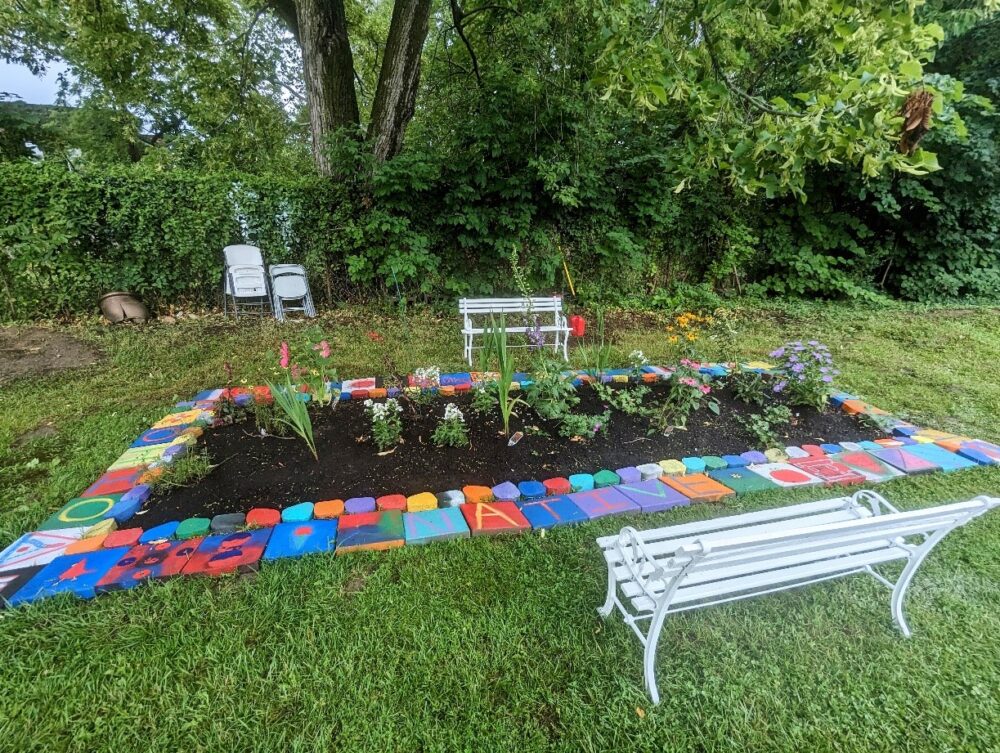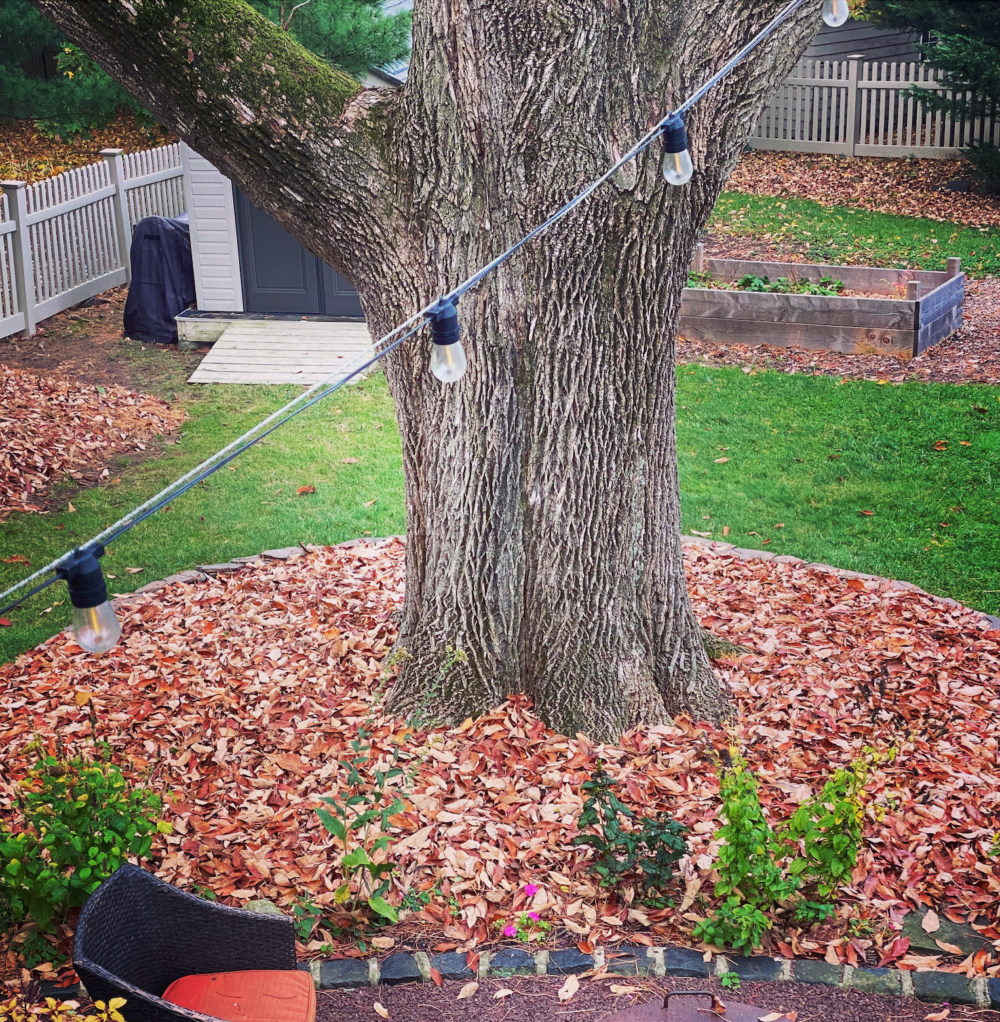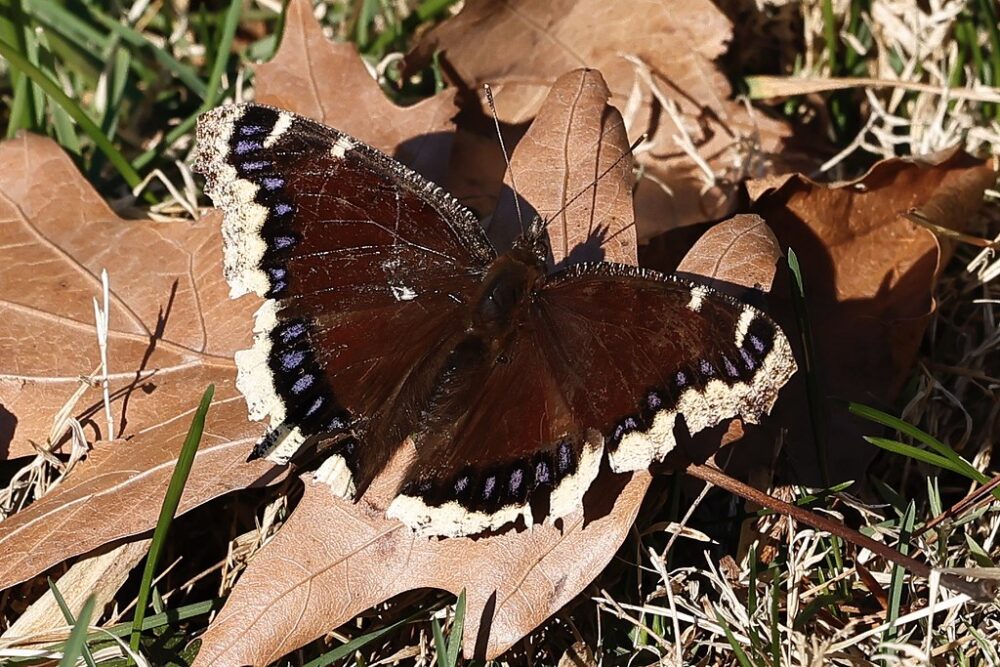We have much more to do and your continued support is needed now more than ever.
Vernal Pools Make Your Garden Sing
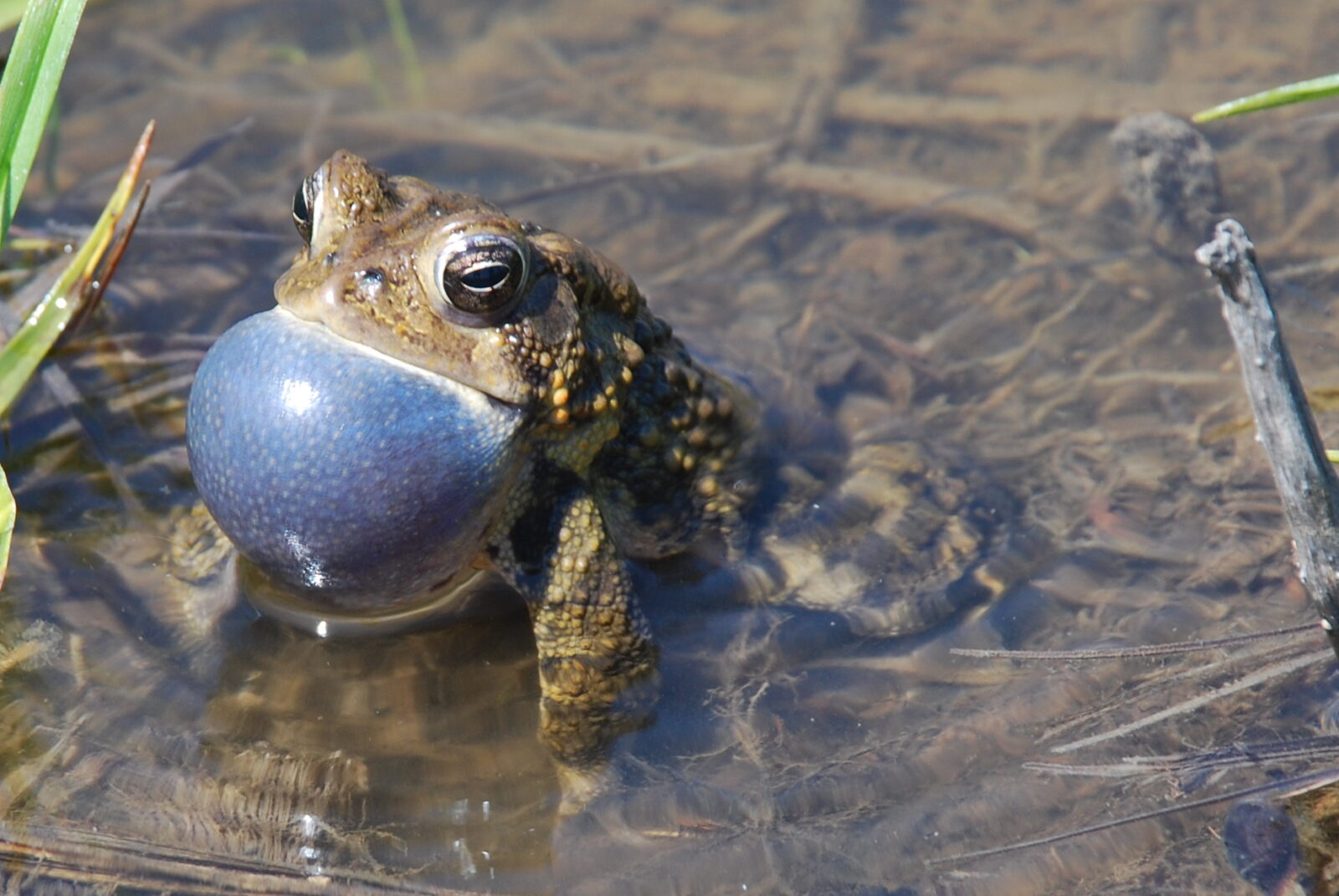
If you’re trying to find a vernal pool in spring, you’re best off closing your eyes and listening. As sunset approaches, the pond begins to sing. Tree frogs make a melodious “trill”, green frogs “twang” like a banjo, wood frogs “cluck”, and spring peepers give their classic, high-pitched “peeps.”
It’s not just frogs that are making homes in these little pools of water, though. Less vocal species like salamanders, dragonflies, fairy shrimp, and even dozens of native plants are there too. Even more species than that can be found simply visiting the pool for a drink or snack, including great blue herons, wood ducks, and box turtles.
While their music fills forests, the pools themselves can actually be quite small. Some are only as big around as an average office desk, and often only a foot or so deep. Their small size is part of what makes them so hard to find, but it certainly doesn’t stop them from making a huge impact on the local ecosystem. For many native species, vernal pools are the difference between life and death.
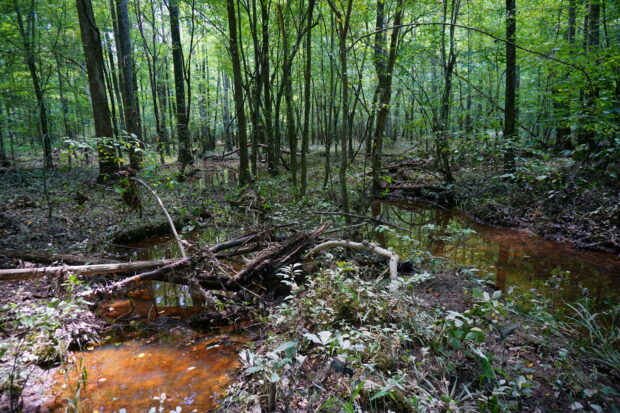
Photo Credit: NC Wetlands
What Makes Vernal Pools Special
Vernal pools are mostly defined by the length of time that they fill with water. The word “vernal” refers to the season of spring, when the snow melt and rain fill these shallow divots in the land. Somewhere between a puddle and a pond, these pools are just deep enough to hold water for a few months from late winter through spring. Once the heat of summer sets in, they will dry out.
Springtime Nurseries
For species that depend on these vernal pools, the dry period is perhaps the most important part of this ecosystem. Since the pool doesn’t hold water year-round, most fish species cannot survive here. Fish can be voracious predators of frog eggs and other animals starting their life cycles in the water, so their absence makes vernal pools a safer space for laying eggs and growing up. Plus, a few months of water is all that these species need to go from egg to adult. In some ways, vernal pools are like little springtime nurseries!
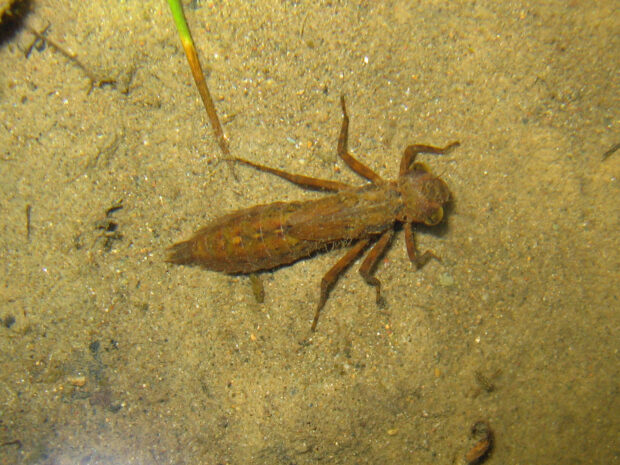
Photo Credit: Greg Schechter, https://flic.kr/p/8i9QDF
Frog and salamander eggs are often easiest to spot in these pools as they clump together in strange gelatinous globs and strands, but there are other babies in there too. Fairy shrimp eggs are incredibly long-lasting and might lay dormant in the soil for years before hatching in a vernal pool, or birds like herons may inadvertently carry these eggs from pool to pool via crevices in their feet. Even dragonflies start their life in the water before emerging as adults.
The Pools are Drying Up
In California alone, 90% of naturally occurring vernal pools have disappeared.
One of the greatest threats to vernal pools is just a small layer of soil. Farmers and developers fill in these shallow pools with soil to flatten the land and get more acreage for crops or housing. Sometimes, this process happens during the summer or fall when the pools are dried out. Many people may not even realize their ecological value before filling it up with soil.
If You Build It…
Gardening for wildlife is not limited to supporting the pollinators and birds in your area, it also encompasses amphibians, reptiles, and arthropods like insects that often depend on aquatic environments. While installing a large pond may not be accessible for many gardeners, vernal pools provide a smaller and more lower-maintenance option for many, and they count toward the water requirement to become a Certified Wildlife Habitat. Not only that, they also avoid many concerns homeowners have about water features:
- Because they dry out before the heat of summer, mosquitoes are unlikely to use this water as a breeding ground. If any mosquitos do lay their eggs here, the animals in vernal pools like frogs and dragonfly nymphs will likely eat them before they even hatch.
- The shallow depth of vernal pools makes them less of a safety concern than ponds or swimming pools for families worried about drowning hazards. Plus, they’re an excellent place for kids to explore and make nature discoveries at the edges of the water.
- Because they capture and hold water from their environment, they’re a great defense against flooding, and they offer a place for all of that springtime rain to go in your garden.

Photo Credit: thinair28/Getty Images
On top of all that, the species that thrive in vernal pools are likely to find their own way to the water in spring. It may take a few years to see the ecosystem really flourishing, but vernal pools are a prime example of an “if you build it, they will come” gardening approach. Wondering how you’ll know when the animals have moved in? Just close your eyes and listen for their songs.
Learn More:
A Guide to Creating Vernal Ponds
Five Tips to Help Frogs and Toads in Your Yard
Ten Tips to Give Frogs a Landing Pad
Garden for Wildlife – Join the National Wildlife Federation’s Garden for Wildlife and Certified Wildlife Habitat® movement!

















